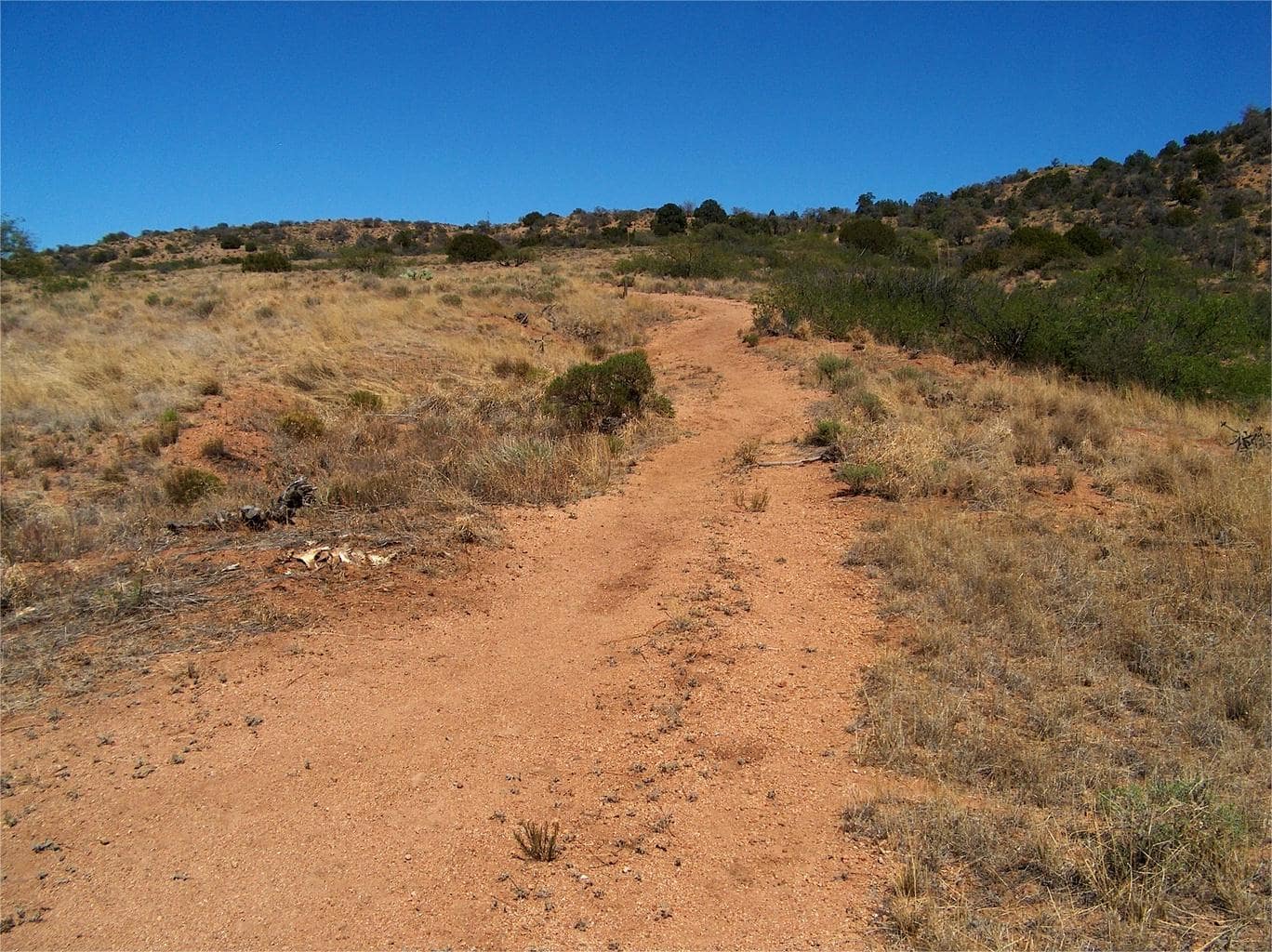Hidden Stagecoach Stations Along Texas’s Butterfield Trail

Have you ever wondered about the hidden stagecoach stations along Texas's Butterfield Trail? This historic route, once bustling with travelers and mail carriers, holds many secrets waiting to be uncovered. From dusty outposts to forgotten waystations, each stop tells a story of adventure and survival. Imagine the clatter of hooves, the creak of wooden wheels, and the promise of new horizons. Whether you're a history buff or just curious, exploring these hidden gems offers a unique glimpse into the past. Ready to step back in time and discover the untold tales of the Butterfield Trail? Let's hit the trail and see what we find!
Hidden Stagecoach Stations Along Texas's Butterfield Trail
The Butterfield Overland Mail Trail, also known as the Butterfield Stage Route, was a vital link in the 19th century, connecting the eastern United States with the western frontier. This historic trail, stretching from Missouri to California, passed through Texas, leaving behind a legacy of hidden stagecoach stations. These stations served as rest stops for weary travelers and horses. Let's uncover some of these hidden gems along the Butterfield Trail in Texas.
1. Fort Chadbourne
Fort Chadbourne, established in 1852, played a crucial role in protecting settlers and stagecoaches from Native American raids. Located near Bronte, Texas, this fort has been meticulously restored. Visitors can explore the original buildings, including the barracks and officer's quarters, offering a glimpse into the past.
2. Horsehead Crossing
Horsehead Crossing, situated on the Pecos River, was a vital water stop for stagecoaches. Known for its treacherous waters, it was a challenging crossing point. Today, visitors can see remnants of the old crossing and imagine the difficulties faced by travelers.
3. Fort Stockton
Fort Stockton, established in 1859, served as a military post and stagecoach station. Located in present-day Fort Stockton, Texas, this fort has been preserved as a historical site. Visitors can explore the fort's buildings, including the guardhouse and officers' quarters, and learn about its role in protecting the Butterfield Trail.
4. Pinery Station
Pinery Station, located in the Guadalupe Mountains, was a remote stop along the Butterfield Trail. This station provided a much-needed rest for travelers crossing the rugged terrain. Today, visitors can hike to the remains of the station and enjoy the stunning desert landscape.
5. Camp Hudson
Camp Hudson, established in 1857, was a military post and stagecoach station near present-day Comstock, Texas. This camp played a crucial role in protecting travelers from Native American attacks. Visitors can explore the remnants of the camp and learn about its history through interpretive signs.
6. Fort Davis
Fort Davis, located in the Davis Mountains, was a key military post along the Butterfield Trail. Established in 1854, this fort protected travelers and settlers from Apache raids. Today, Fort Davis National Historic Site preserves the fort's buildings and offers guided tours, providing a fascinating glimpse into the past.
7. Fort Lancaster
Fort Lancaster, established in 1855, was a remote outpost along the Butterfield Trail. Located near Sheffield, Texas, this fort protected travelers from Native American attacks. Visitors can explore the fort's ruins and learn about its history through interpretive exhibits.
8. Fort Phantom Hill
Fort Phantom Hill, established in 1851, was a short-lived military post along the Butterfield Trail. Located near Abilene, Texas, this fort was abandoned in 1854 but continued to serve as a stagecoach stop. Visitors can explore the well-preserved ruins, including the guardhouse and officers' quarters.
9. Fort Belknap
Fort Belknap, established in 1851, was a key military post and stagecoach station along the Butterfield Trail. Located near Newcastle, Texas, this fort played a crucial role in protecting settlers and travelers. Today, visitors can explore the restored buildings and learn about the fort's history through guided tours.
10. Fort Concho
Fort Concho, established in 1867, was a major military post along the Butterfield Trail. Located in San Angelo, Texas, this fort has been preserved as a National Historic Landmark. Visitors can explore the fort's buildings, including the barracks and officers' quarters, and learn about its role in protecting the trail.
11. Fort McKavett
Fort McKavett, established in 1852, was a remote military post along the Butterfield Trail. Located near Menard, Texas, this fort played a crucial role in protecting travelers from Native American attacks. Today, visitors can explore the well-preserved ruins and learn about the fort's history through interpretive exhibits.
12. Fort Griffin
Fort Griffin, established in 1867, was a key military post along the Butterfield Trail. Located near Albany, Texas, this fort protected settlers and travelers from Native American raids. Visitors can explore the fort's ruins and learn about its history through guided tours and interpretive exhibits.
Discovering Texas's Hidden Stagecoach Stations
Exploring the hidden stagecoach stations along Texas's Butterfield Trail offers a unique glimpse into the past. These sites, often overlooked, tell stories of adventure, hardship, and the pioneering spirit. Visiting these stations, you can almost hear the echoes of wheels turning and horses galloping. Each stop has its own tale, from bustling hubs to quiet outposts. Whether you're a history buff or just love a good road trip, these hidden gems provide a rich, immersive experience. So, next time you're in Texas, take a detour off the beaten path. You might find more than just a piece of history; you might find a deeper connection to the land and its stories. Happy travels!

